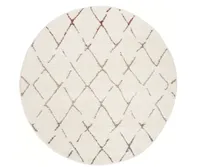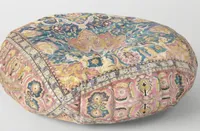How to make your home feel calm - 10 simple design tips that, let's be honest, we all need right now
Design tricks for how to make your home feel calm are an essential way to survive modern life - and these experts show they can be super-simple
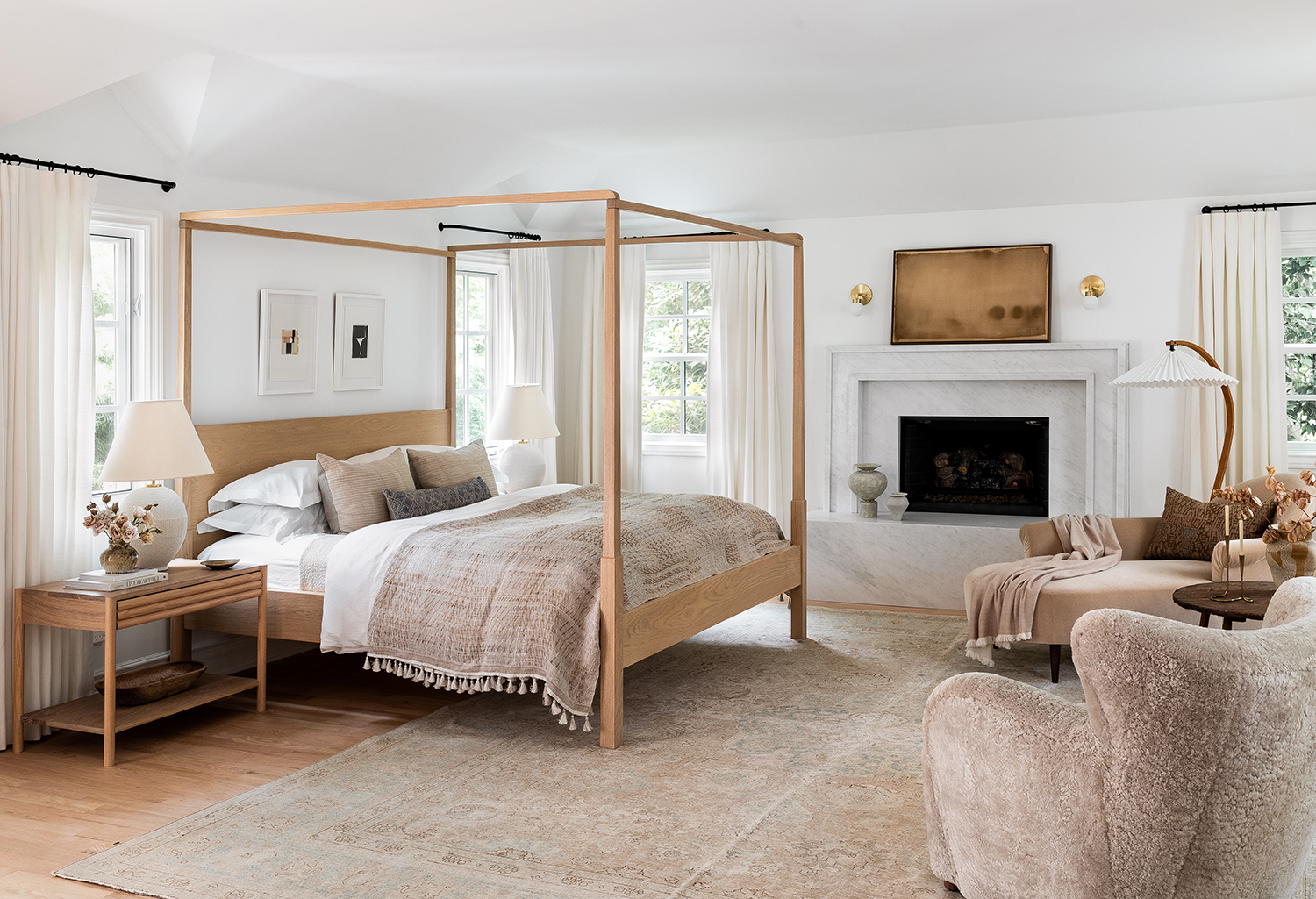
If you know a few design tricks for how to make your home more calm then your stress levels will drop the minute we’re inside the front door. Even more so when you’ve plonked yourselves down on an engulfing couch.
Whatever we've done with our interior design, all around our homes are mood-altering cues. Set those up with intention, and our homes can go a long way to keeping our cortisol levels down. Equally, those pieces that don’t serve a calming purpose can keep us on edge without us even realizing it.
“Visual stimulants in the home can be just as detrimental to relaxation and well-being as ingested stimulants such as caffeine,” explains the interiors stylist and author Joanna Thornhill. “Both can contribute to an anxious, racing mind and an inability to switch off. Yet while we are generally conscious of our caffeine consumption, we can inadvertently binge on the brain-unsettling visual stuff.”
The good news is that with the rise of warm minimalism and a new thinking about decor there are lots of beautiful, design-led ways to wind it down in the home.
How to make your home more calm
1. ADD A WINDOW SEAT

Gazing out of a window onto a beautiful view is one of life’s simple pleasures - a chance to empty the mind and replace it with calm. So why not build comfort into the opportunity - and encourage a longer spell of relaxation - by adding a window seat in front of this portrait of nature.
“Window seats elicit a feeling of rest and quiet time for oneself,” says the West Hollywood-based interior designer Katie Hodges. “They are a little pocket of a special moment, and add a quaint coziness to any space.”
The good news is that, says Katie, “any window or room is fair game for a window seat. Just be sure that the window is large enough or at the right height to be able to see out of, and that the window seat depth is substantial enough to actually sit down (24” seat depth is ideal).”
The Livingetc newsletters are your inside source for what’s shaping interiors now - and what’s next. Discover trend forecasts, smart style ideas, and curated shopping inspiration that brings design to life. Subscribe today and stay ahead of the curve.
It also presents an obvious solution if short on storage - Katie recommends adding drawers to the seat base to maximize function. As for finishing touches, “a soft and substantial seat cushion is a must,” says Katie, “as are plenty of toss pillows to welcome and draw you in. Drape a throw for extra coziness and a side table for that cup of tea to land on.”
2. CREATE A BATHROOM SPA
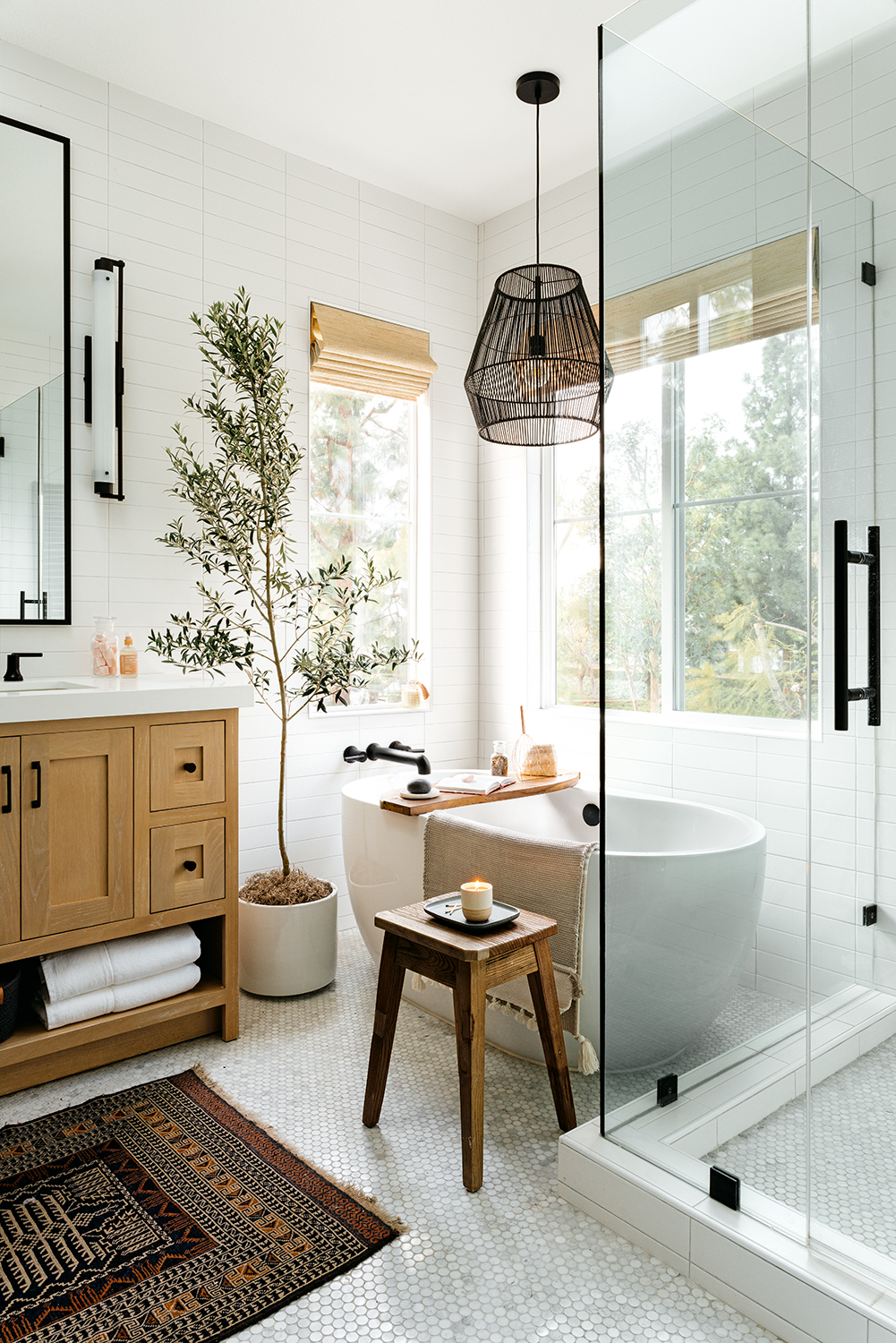
When it comes to wellbeing, the bathroom is a much under-rated space, argues the American therapist-turned-interior designer Anita Yokota. In her forthcoming book, Home Therapy: Interior Design for Increasing Happiness, Boosting Confidence, and Creating Calm: an Interior Design Book (out December 6th), she argues that the bathroom “is central to personal development, because it’s typically the first room you go into when you wake up and the last place you’re in before you slip into bed at night. This is where you look in the mirror, maintain your skin and teeth, and escape to relax with a bath or long shower.”
Anita believes that by elevating our daily maintenance habits into self-care rituals - with, for example, the use of incense and candles - the bathroom can play “a big role in your positive loop as well as your self-confidence”. The goal, she adds, “is to evoke an organized spa-like experience. Anita suggests tiling the bathroom walls in large porcelain panels, “to give the look of a luxurious spa space - it gives you the sense of a large marble wall like the walls in a spa, but is less expensive and is easier to maintain.”
That said, you can also achieve a spa bathroom-like effect with just a few soft touches - a beautiful chair to sit on, some leafy plants - or even a tree, and a curated edit of inviting beauty products.
3. Paint a room pink

Why go for neutral walls - the tried and tested route to calm, though also not massively inspired - when you can go for pink? “Pinks have quietly overtaken grey in recent years to become a nuanced ‘new neutral’,” declares the interiors stylist Joanna Thornhill, author of The New Mindful Home and How to Make it Yours. “According to the American Institute of Biological Sciences, pink can enhance feelings of empathy and love, and helps to soothe the energy of a room. It even lowers heart rate and blood pressure.”
Admittedly not everyone will be mad about pink (perhaps that’s what makes it a more interesting choice). Joanna advises opting for “less overt tones, such as peach, salmon and terracotta”, which, she says, are “surprisingly easy to live with as a backdrop - and bring a warm and welcoming virtual hug to all types of room”.
For a grown-up twist, Joanna suggests pairing gentle pinks with deeper berry tones and warm rose gold. But, “keep the berry tones to accents only, to avoid overstimulation,” she says. And because pink sits directly opposite green on the color wheel and is one of the best colors that goes with green, she adds, opting for diluted versions of both will lend a harmony to your calm palette.
4. Grow an indoor garden
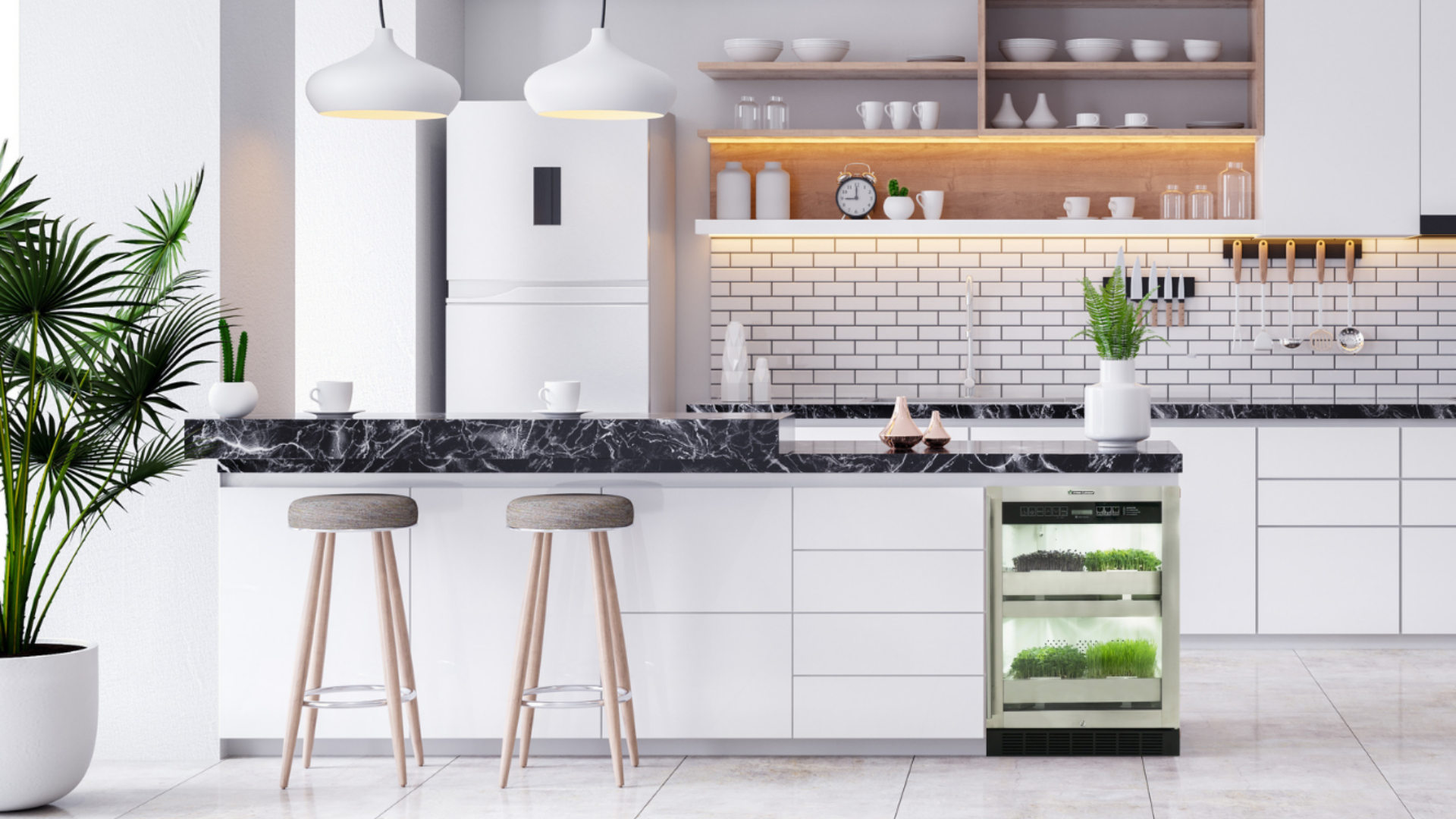
Scientists understand that a vision of lush green foliage has a calming effect on our brains - as all gardeners will attest, walking into an oasis of ready-to-pick herbs and salads is an instant “aahhh!” moment. And now it can be achieved without all the labor behind the scenes, or even having to face the elements outside, thanks to the rise of smart indoor gardens. These automated systems see the end of endless watering (or shame at having forgotten).
There are options for all budgets, from Click & Grow’s self-watering, illuminated Smart Gardens (the LED light even rises as the plants grow) to Urban Cultivator’s fully automated hydroponic systems, which include humidity domes, water recycling and air fans to ensure optimal growing conditions, meaning you can grow veg such as fresh sprouts, cress, microgreens and baby leaf 365 days a year.
“It’s a beautiful way to enhance your modern kitchen design, by bringing biophilia and wellbeing to life in your home.” says Emma Gannon of Intelligent Appliances.
5. Hang a calming picture
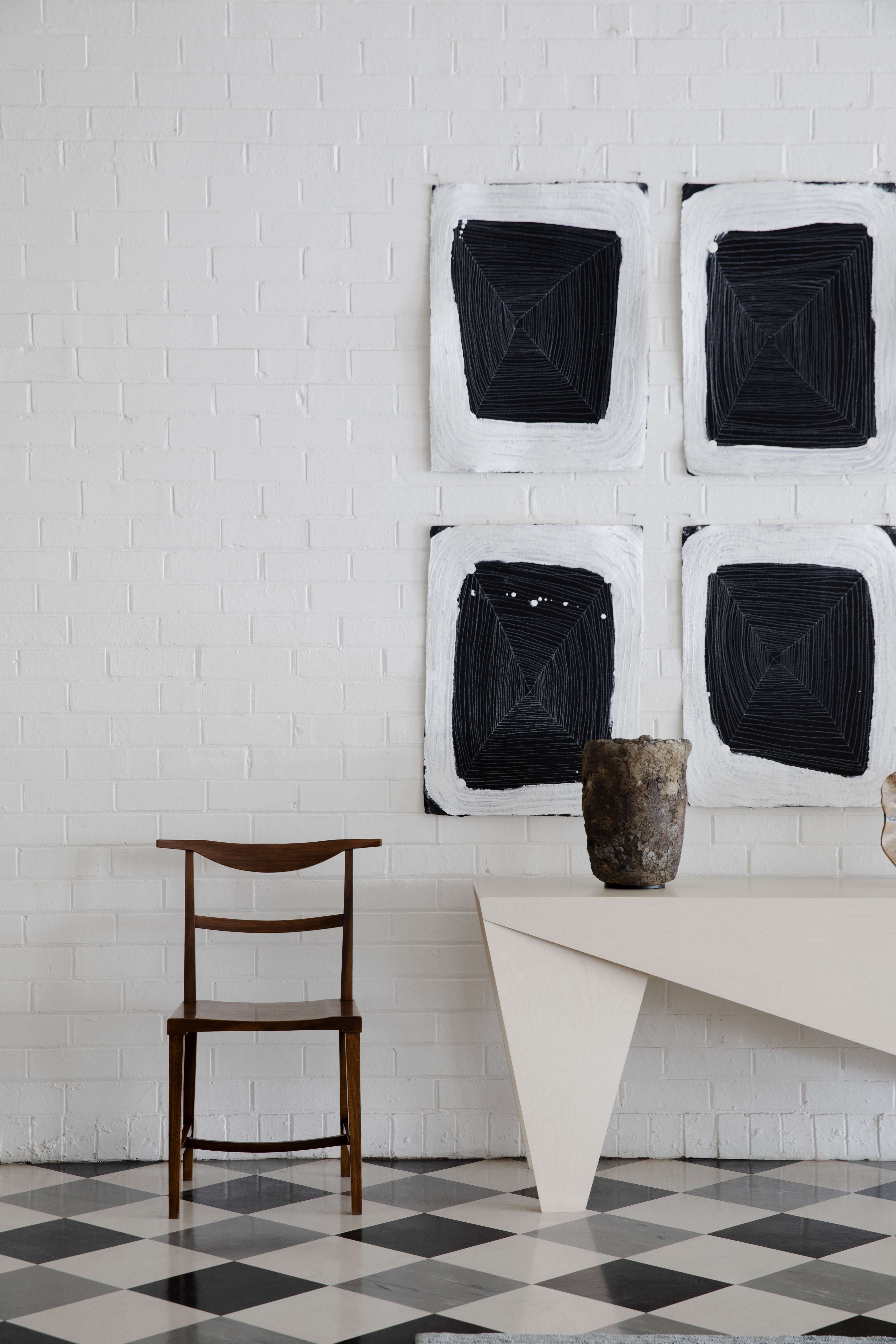
A well-chosen piece of art can alter the atmosphere in a flash. And if you’re keen to create a sanctuary, a calming picture can do much of the metaphorical heavy lifting for you. But what’s the best kind of art to ensure tranquility? “Art is such a personal preference, it comes down to what makes you feel calm,” explains the Australian interior designer Natalie Walton and author of Style: the Art of Creating a Beautiful Home. “This can relate to the color palette or the subject matter.”
That said, you can’t go wrong with blues (which instil serenity) and greens (which mimic nature), or nature-inspired imagery. How you frame the artwork will make a difference, adds Natalie. “Do you want the artwork to blend in or stand out? The frame is like an accessory to the artwork.”
If it’s a more traditional piece, you could modernize it with a contemporary box frame, she suggests, or vice versa. “If you want to unify a selection of works, use a single frame style to simplify the scheme.”
As with any gallery wall, it’s also important to leave sufficient negative space around your picture, she adds. “It creates visual breathing space, so that you can really appreciate what’s on offer. You don’t need to fill every wall, or hang artwork on every ‘gap’. Allow space for quiet moments, too.
6. Stick to a monochrome palette

In a modern bedroom, you definitely don’t want any design elements screaming for attention. The way to avoid this, says the LA-based interior designer Katie Hodges, is to stick to a monochromatic color palette, which, without lots of different competing colors, will “create a serene, calming space”. Even better if that base color is natural and soothing.
Katie advises starting the design process with your furniture choices. Next up, she adds, “a rug for establishing the foundation for our fabrics and wood finishes”. Follow that with the fabrics and wood finishes, “which is when the room really begins to shape”, and, finally, source your accent lighting, pillows and art: “These really make the room sing”.
Katie recommends aiming for a variety of different textures: “Texture is everything with monochromatic design,” she explains. “It provides depth, which is what gives the space without much color so much interest - a mix of linen, shearling and velvet in a monochromatic scheme is foolproof.”
To avoid it looking dull, Katie recommends varying color tones to create some contrast and adding visual interest and personality with the use of distinguished shapes when it comes to furnishings.
Round Jacklyn Geometric Loomed Rug Cream/Multi Round - Safavieh, Target
Ok, so this rug isn't guaranteed to make you calm in itself, but its soothing colors will certainly help. Being round, the softness of its edges create a restful ambience - add this to any bedroom or living room to up the serenity immediately.
7. Create a wellness space
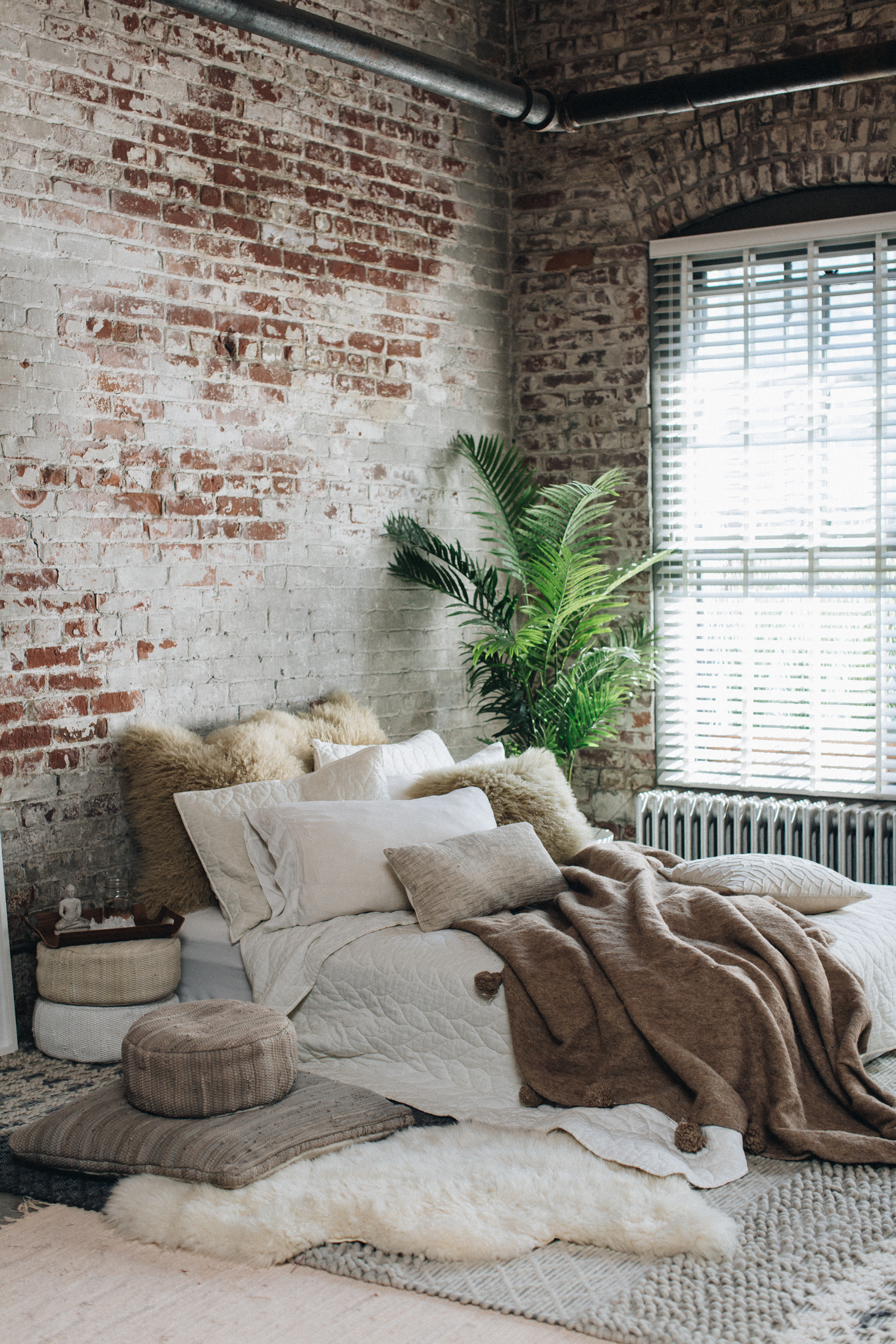
Whether you’re into meditation, journaling, reading a transporting book or listening to music, carving out a “sacred spot” to do this, says the interior stylist and author Joanna Thornhill, will “help your brain’s neural pathways begin to associate that space positively” with unwinding.
To choose the right area, Joanna suggests a “cozy armchair overlooking some greenery, or the floor space at the foot of your bed”. You might want to build it around natural light, or make it intimate with candlelight; you might want to use a beautiful screen to section it off and remove distractions. Think creatively about where you might carve out a mini wellness space, says Joanna.
“Could a redundant area, such as the space under the stairs, be put to the task? By combining yoga bolsters and floor cushions with a cozy accent chair and a little foliage, this nook is both cozy and fit for purpose.” Keep a blanket to hand in case you feel chilly, she advises, “and you might want to bring in other ‘props’ to help you to form positive associations with the space”. She suggests candles, incense, pillows, or a singing bowl for sound vibrations, which will help you ease more quickly into a place of relaxation.
North Indian rug print floor pillow, Society6
All you really need for a wellness space is a tiny bit of comfort, and this floor pillow is a good start. Its muted colors help to heighten the calming vibes. In fact, Society6 has a vast array of these in all kinds of different patterns and shades.
8. GIVE YOUR BATHROOM THE ORGANIZED PANTRY TREATMENT
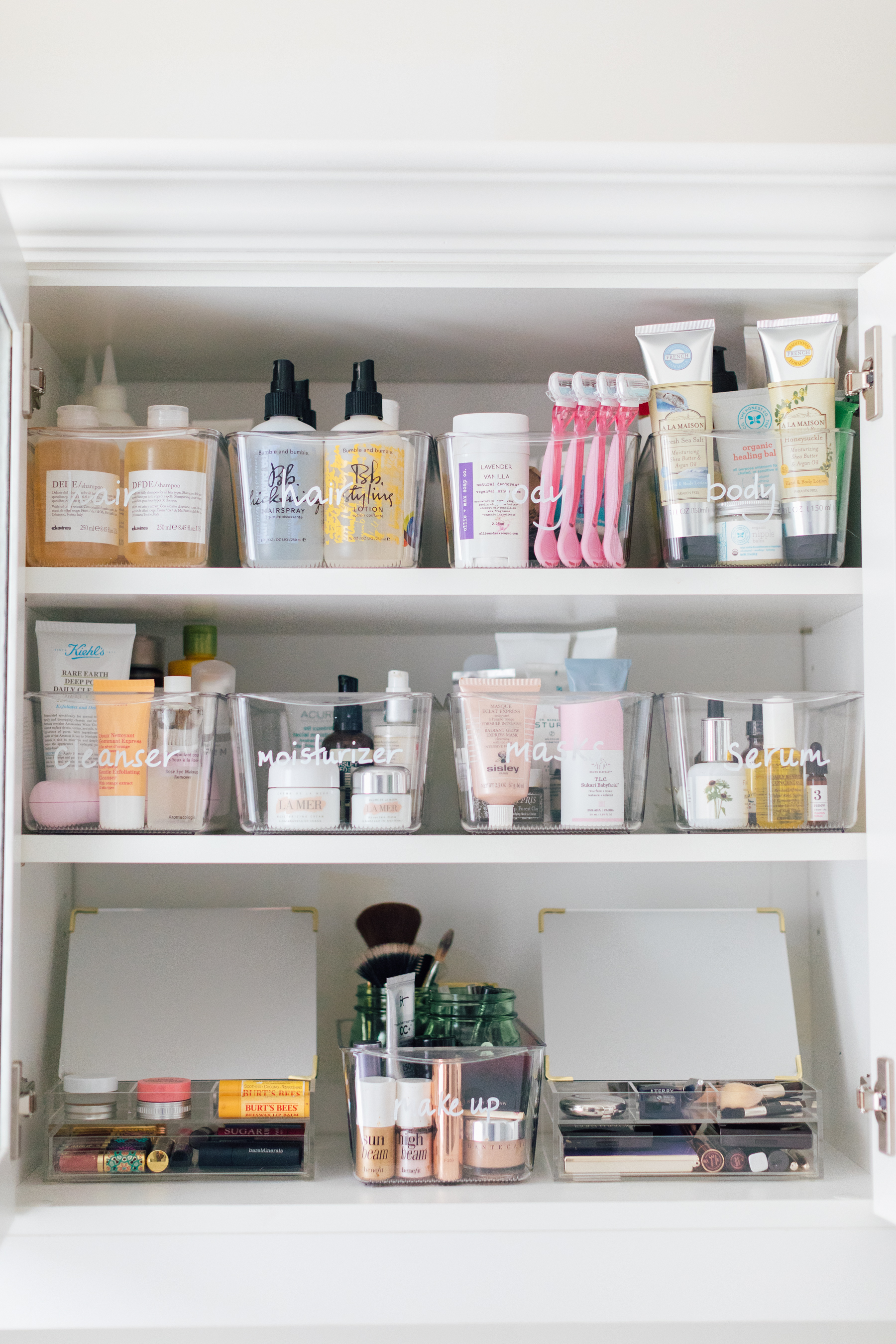
Admit it - behind most of our bathroom storage's doors is a veritable department store’s worth of barely used product, not to mention the visual disarray of all sorts of different brands. Organizer to the stars Justin Klosky, who works between LA and New York, and who counts Kim Kardashian, the Osbourne family and Bryce Dallas Howard among his celebrity clients, says the bathroom is a key place for achieving and keeping calm, and if we could only give it the attention we give our pantries, an elevated sense of order could be ours.
“Eliminate distracting packaging, conform to glass jars and bottles, and keep what you use daily accessible,” he says.
Just as you would for your pantry, invest in uniform storage containers and decant whatever products you can in order to get rid of all that visual noise and reduce brand overload. “The easier it is to find things, see something and retrieve it, the calmer your bathroom will feel,” he says.
We think these glass jars are ideal for a bathroom - they are pretty enough to have on display and mean you can keep your products in order. By forcing you to see what you're holding onto, you'll naturally self-edit (the theory goes) and your home will end up feeling more calm.
9. SET UP A WFH HAVEN
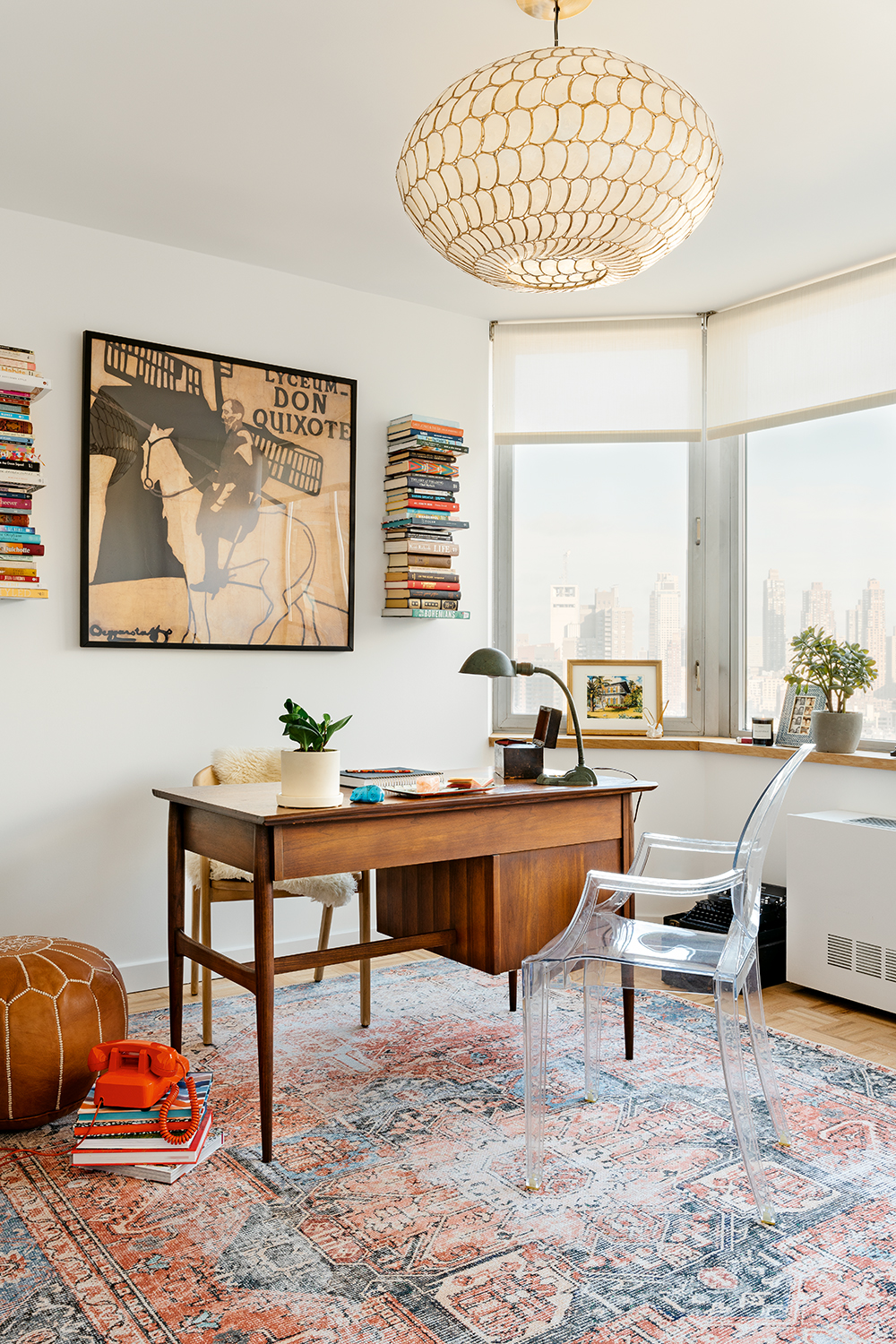
“Humans are happier when we have boundaries,” notes the American therapist-turned-interior designer and author Anita Yokota. “The same goes for our homes. If we bring our work into every area of the house, it’s hard to separate ourselves from it.” Anita recommends containing all your materials and mess in a designated work area: “Work from home spaces are best when they are defined — I love a closed door to allow you to punch out.” And make it calm: “Science tells us that cooler, muted tones invite calmness and creativity,” she explains, “as do soft blankets, cozy chairs, and the right lighting - try to get close to a window or install a skylight if possible.”
Anita also recommends allowing yourself space to move around your home office haven: “It’s not good for our minds or bodies to sit in one spot for hours. Take that call standing up and looking out the window. Take that zoom conference outside.” Keep your space organized and beautiful, she advises: “If the Grand Canyon can move you to tears, that stack of unopened mail that you’re avoiding is having a definite impact on your system. Bunch up those electronic cables with cable ties, and invest in wall-mounted organizational systems, calendars and pin boards: “Small changes can have a big impact like lowering stress levels and blood pressure,” she says. “Caring for these things is caring for ourselves.”
10. Make your entryway feel like a living room
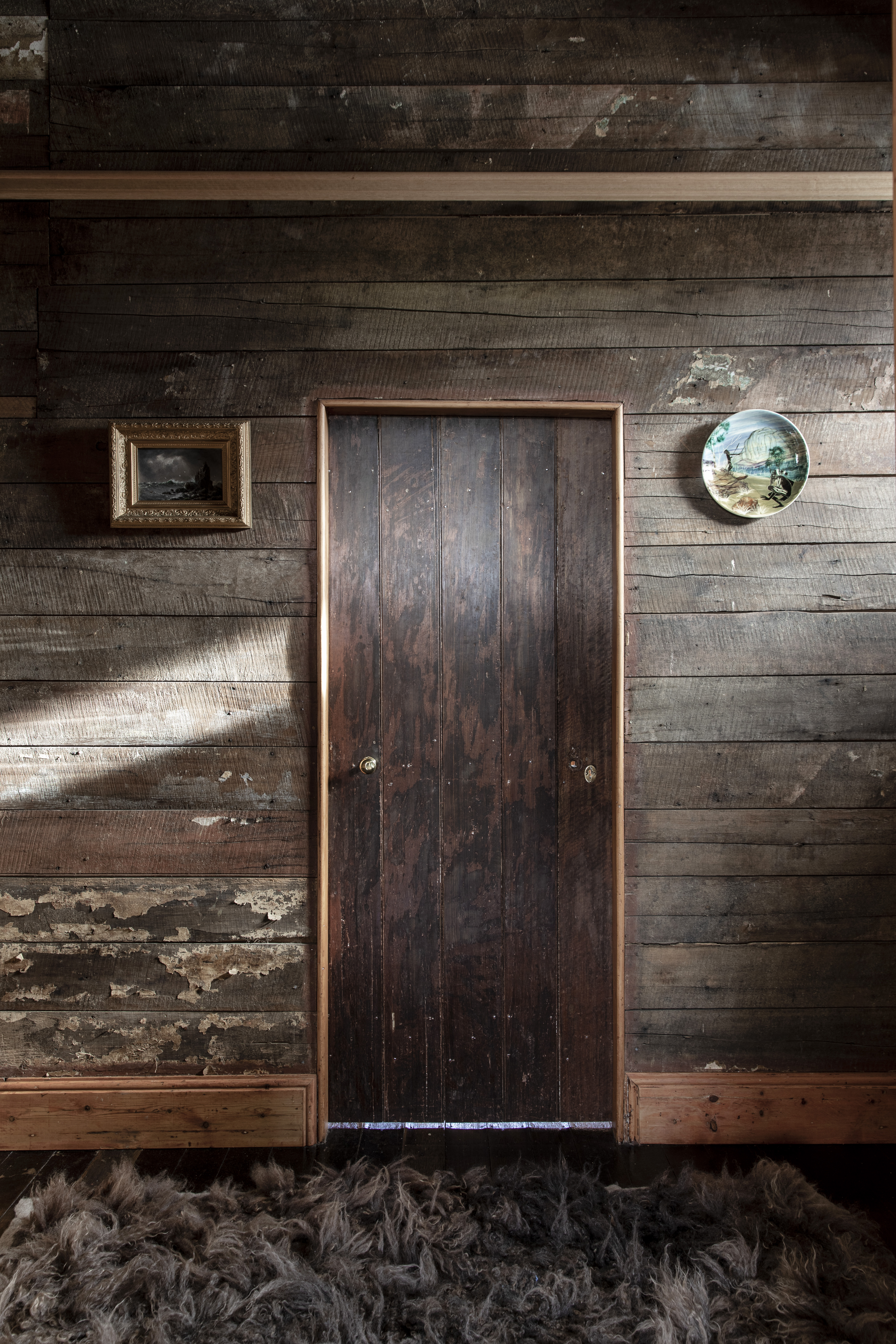
With research proving that time spent in nature is good for our wellbeing, why would we not want to bring that positive influence into the house? “Bringing nature into our homes gives us the opportunity to enjoy the benefits in a tangible way,” says the Australian interior stylist and author Natalie Walton.
In her latest book, Style, Natalie points out that whatever you do in your hallway sets the tone for the rest of the house. So it seems a sensible place to start harnessing nature in order to communicate a sense of calm. A wood-paneled entryway is an elegant way of introducing nature while still leaving you with the option to dress it up and personalize. “Timber - especially when it’s left as close to its natural state as possible - creates a sensory experience,” says Natalie.
The natural paneling serves as a neutral backdrop for artwork and objets. “The more an entryway feels like a living room,” says Natalie, “the more inviting it will become. Introduce a beautiful antique side table, a vintage clay pot, or an artwork that expresses an element of your individuality.”
Fleur Britten is a well-respected journalist who for years was the Senior Features Editor at Sunday Times Style. She is known as one of the smartest lifestyle journalists around, revered for being able to decode trends and report on new zeitgeists as they happen. She now writes for the Telegraph, Livingetc, Vogue, The Times, Harper's Bazaar and the Guardian.
